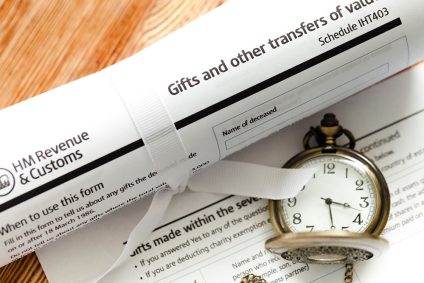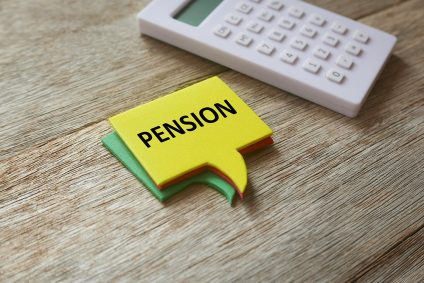New rules relaxing pensions tax could still mean harsh bills

Despite the easing of pensions savings tax rules earlier this year, some doctors may mistakenly believe they will not face large tax bills.
In the Budget, the chancellor Rishi Sunak raised the threshold at which tax-free allowances begin to reduce and the strict ‘annual allowance’ is tapered.
Under the new rules, anyone with a ‘threshold’ income of £200,000 or more, plus an ‘adjusted’ income of £240,000 or more is subject to a reduced annual allowance. The threshold income includes earnings from all sources so this might include NHS salary, private practice or academic work, investment returns and buy-to-let incomes. The adjusted income also adds in pensions growth for the year. This growth can be substantial for many NHS doctors.
The standard annual allowance figure is £40,000 but this then tapers on a sliding scale to as low as £10,000 depending on earnings. However, there is a further rule which can apply. Doctors earning over £312,000 per year from all sources will face a tapered annual allowance of just £4,000 – the lowest since the allowance was introduced.
We have seen a few cases where doctors believe they are now in the clear because the rules have recently changed but the reality is rather different. The calculations are particularly complex so it is a difficult area to get right, particularly if you add in the surprise move by the Treasury to pay the tax charges of clinicians – if they qualify – for the 2019/20 tax year. Mistakes can occur easily.
It is imperative to get your tax position checked carefully. The highest earners will also need to establish whether pension savings are still valuable given the tax issue. Every situation is different so you will need careful consideration to ascertain the best move forward.
For our expert help, please telephone our adviser team on 020 7636 7006.


